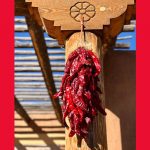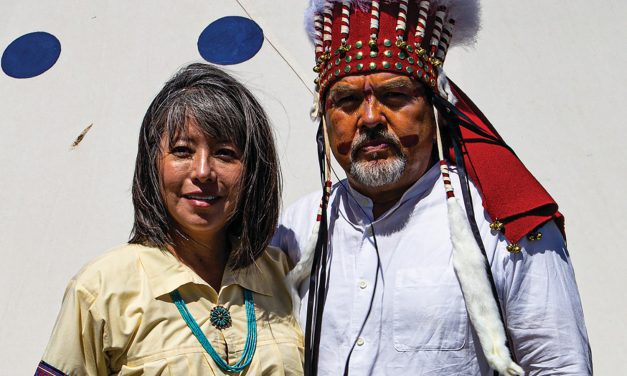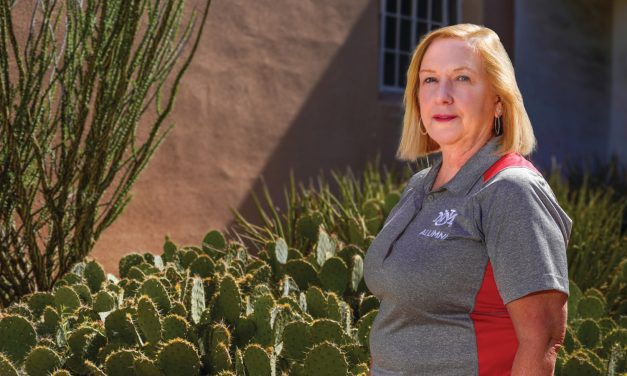
Food in the Pantry
UNM archaeologist and Prof. Keith Prufer co-led a team excavating a site in Belize that uncovered evidence of how maize, a critical staple food in Central America, went hand in hand with human migration.
The paper’s title says it all. “South -to-north migration preceded the advent of intensive farming in the Maya region” was published in the journal Nature Communications in March.
Working in the remote Maya Mountains of Belize, Prufer’s team excavated 25 burial sites and, using stable isotope-labeled DNA, discovered evidence that farmers moved from the south 6,500 years ago, bringing with them seeds that changed the makeup of the region.
“We see the migration of these people as fundamentally important for development of farming and, eventually, large Maya-speaking communities,” said Prufer, who directs UNM’s Environmental Archaeology Lab. Maize — or corn — could be grown and stored, giving communities a reliable source of protein and sugar and allowing them to stay in one place.
Campus Connections
LatestFood in the Pantry
UNM archaeologist and Prof. Keith Prufer co-led a team excavating a site in Belize...
Fall 2022 Mirage Magazine Features
In A Solid State
UNM grad helps spark electric vehicle revolution…
Read MoreCourageous Career
Opera singer pivots to performance coaching…
Read MorePretty Good At Math
Alumnus caps computing career with prestigious prize…
Read MoreTelling A Story
Alumna heads up museum devoted to the American Indian experience…
Read MoreFamily Affair
Alumni board president keeps UNM ties tight…
Read MoreAnd the Winner Is…
Alumni take home a Grammy and a Pulitzer for music…
Read More














